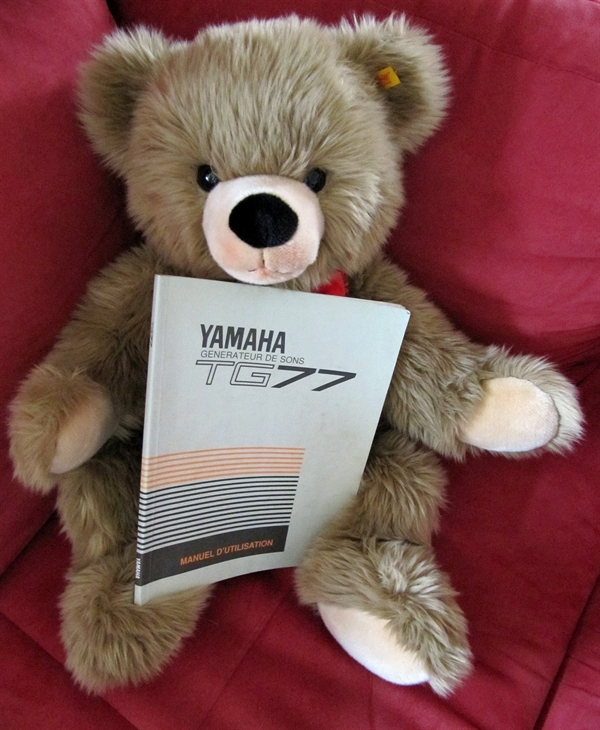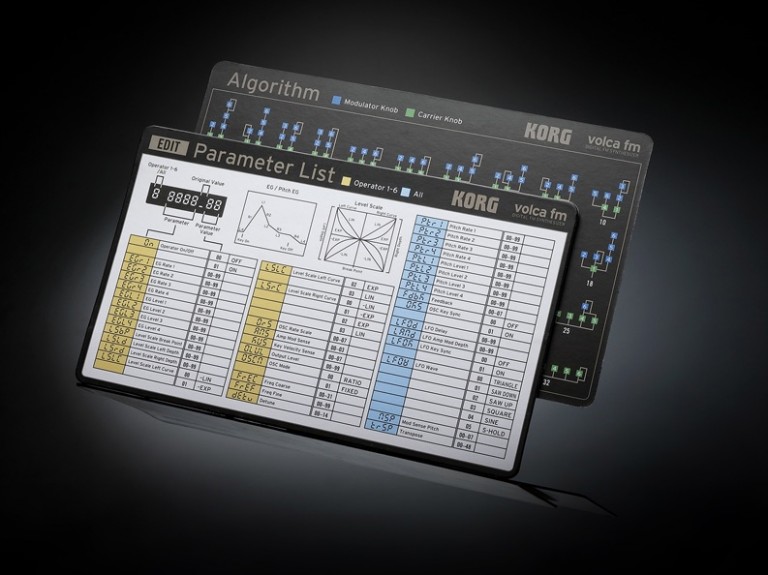
Turn up the Fine knob so F = 1.94, and we get something a bit more ‘Reese-y’. If you turn up Operator 2’s Coarse knob you’ll hear that the sound remains static but changes timbre, and using the Fine knob to detune the modulating operator slightly can give us a rhythmic beating similar to detuning two analogue oscillators. If that all sounds worrying complicated, fear not: all you need to know at a functional level is that changing the tuning of this operator affects the timbre of the operator that it’s modulating. We can change the integer value of F with the Coarse knob, make finer adjustments with the Fine knob, and offset by a number of Hertz with the Detune knob. So, if you’re playing an A3 which is 440Hz, F = 1 would be 440Hz, F = 2 would be 880Hz, F = 3 would be 1320Hz and so on. This denotes the ratio of the frequency to the root note.
Dx7 syx patches download#
The app is free for download and to try out, ensuring that the app works with your hardware setup.
Dx7 syx patches Patch#
This very, very fast vibrato gives us the change in timbre we’re hearing, and we can change the timbre of the sound by adjusting the tuning of Operator 2.Īt the top left of each operator panel, there’s a display which by default reads ‘F = 1’. Patch Base is a collection of patch editors and librarians for new and vintage synthesizers, enabling easy visualization, editing, and organization of patches. However, while an LFO is a low-frequency oscillator that typically functions in the sub-20Hz range, Dexed’s operators work in the audible frequency range. So, what’s happening here? Essentially we’re using Operator 2 to apply vibrato to Operator 1, just like applying an LFO to an oscillator’s pitch in an analogue-style synth. What’s more, it’s capable of loading DX7 patches, making it a fantastic free source of classic tones.
Dx7 syx patches tv#
What made the synth so popular is that it featured some of the greatest presets of all time, and it can be heard on countless pop hits and film and TV soundtracks of the 80s and 90s.ĭexed is an open-source DX7 clone plug-in, and although its interface is still a little on the menacing side, it’s a vast improvement over that of the original hardware. The instrument only had a two-line LCD alphanumeric display, and while using a liquid-crystal display might sound impossibly futuristic and glamorous, its extremely limited capacity to display information would have made the DX7 a lot more time-consuming to program than modern FM softsynths. Reply Honest John (5 / 5) Honestly this is the very best DX7 emulations around.

Great sounds no need to tinker, just put a little reverb on it and go.

That said, programming patches on the quintessential hardware FM synth, 1983’s Yamaha DX7, would have been a slog. Find patches called dx7 all the web, KBMagsyx, synlib dx tx (marc bareille), synprez, tons of banks of 32 sounds each. Frequency modulation synthesis has something of a reputation for being complicated and difficult to master, and while FM synths can definitely be intimidating, they’re really quite straightforward once you’ve got your head around the basics.


 0 kommentar(er)
0 kommentar(er)
